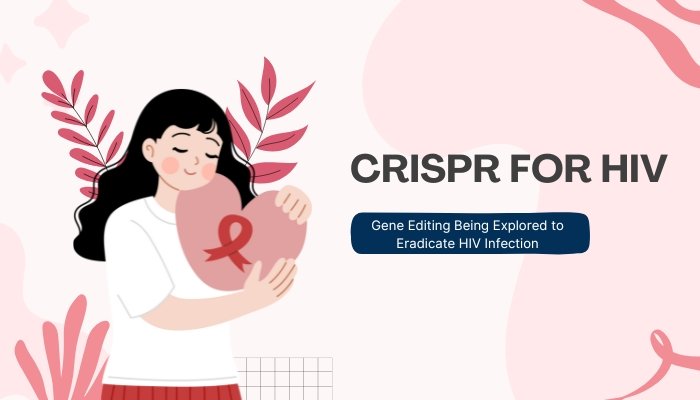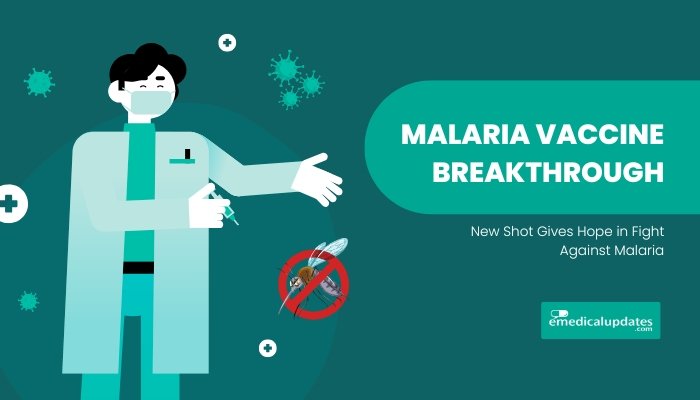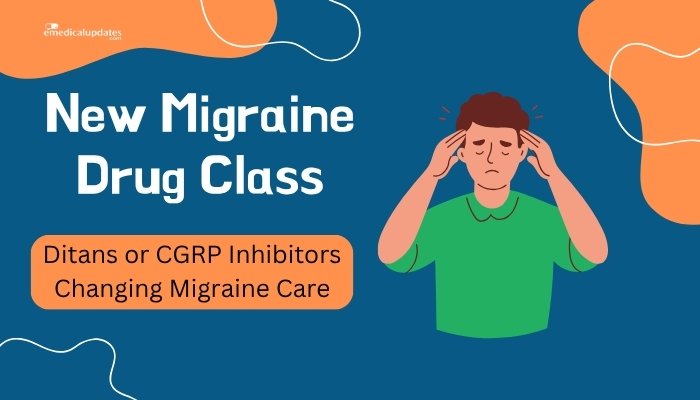Introduction
Few quests in biology are as enduring as the search to unlock the secrets of longer, healthier life. While lifestyle, environment, and chance all influence longevity, emerging evidence points to the profound role of longevity genes.
Researchers studying centenarians and model organisms have identified specific genetic variants that help protect against age-related diseases, suggesting that genetics can tip the balance between a typical lifespan and an exceptionally long one.
This article delves into the leading theories on how these genes work, current breakthroughs, and what it may mean for human aging and medicine.
The Science of Aging and Lifespan
Complexities of Aging
Aging is not driven by a single factor. Rather, it’s shaped by:
- Cellular Wear: Gradual DNA damage, telomere shortening, and the accumulation of harmful byproducts.
- Genetic Regulation: Genes that influence how the body repairs damage, handles stress, and maintains organ function over decades.
Genetic vs. Environmental Components
Although diet, exercise, and environment matter, longevity often runs in families, hinting at a genetic blueprint. Centenarians sometimes share certain gene variants that appear to guard against common fatal diseases, fueling research on how these protective alleles function.
Discovering “Longevity Genes”
Model Organisms
Scientists often study worms (C. elegans), fruit flies (Drosophila), or mice to discover genes linked to extended lifespans:
- DAF-2 in Worms: Mutations here can double worm lifespans, revealing insights into insulin/IGF-1 pathways.
- mTOR Pathway: In mice, modulating mTOR can prolong life, shedding light on cell growth regulation.
Human Genetic Studies
Large-scale genome-wide association studies (GWAS) and genealogical analyses of supercentenarians have pinpointed potential longevity variants—some in FOXO3 or APOE—that may help the body resist chronic disease or slow aging processes.
Recent Breakthroughs in Gene Identification
Multi-Omic Approaches
Integrating DNA, RNA, and protein data is unveiling more about how certain genes protect cells from stress or maintain metabolic efficiency:
- Protective Enzymes: Genes that bolster antioxidant defenses or efficient DNA repair can keep cells functional longer.
- Inflammation Control: Variants that suppress chronic inflammation appear repeatedly in long-lived populations.
CRISPR and Functional Testing
CRISPR gene editing helps confirm which genes actually affect lifespan:
- Targeted Knockouts: Disabling candidate longevity genes in lab animals to measure lifespan changes.
- Overexpression Models: Turning genes “on” more strongly to see if it extends health span and survival.
How Longevity Genes Might Work
- Metabolic Regulation: Enhanced insulin sensitivity or efficient nutrient sensing (related to sirtuins or FOXO) keeps cells healthier under metabolic stress.
- Stress Resistance: Genes that upregulate heat-shock proteins or antioxidants help cells bounce back from oxidative damage, a major aging driver.
- DNA Repair and Maintenance: Good function in caretaker genes preventing mutation accumulation over time.
Potential Therapies
Gene-Based Interventions
If certain variants guard against age-related decline, researchers explore:
- Gene Editing: CRISPR technology might let us introduce beneficial variants or silence harmful ones.
- Gene Therapy Delivery: Viral vectors or novel capsules that deliver protective genes to tissues, especially if it can be done safely.
Drugs That Mimic Genetic Effects
Many longevity genes revolve around known biochemical pathways (insulin/IGF, mTOR, sirtuins). Thus, small molecules or biologics that modulate these pathways could replicate the “genetic advantage”:
- mTOR Inhibitors: (e.g., rapalogs) shown to extend life in mice.
- Sirtuin Activators: Resveratrol (in red wine) or synthetic analogs might reproduce longevity-like gene expression patterns.
Ethical and Social Considerations
- Access and Equity: If future gene therapies for longevity are costly or restricted, disparities in lifespan could widen between socio-economic groups.
- Population Dynamics: Markedly extended lifespans might strain resources—pension systems, job markets, and healthcare.
- Evolutionary Impact: Steering evolutionary pressures artificially might have unforeseen consequences. Engaging society in these choices is key.
Limitations and Next Steps
Complexity of Aging
No single or even handful of genes can fully explain longevity. Epigenetics, environment, and random factors complicate any attempt at a “magic bullet” for aging.
Safety and Long-Term Data
Before applying gene editing or advanced therapies widely, large trials must confirm that interfering with aging pathways doesn’t lead to unanticipated side effects, like cancer or immune issues.
Ongoing Research
Teams around the globe focus on replicating lab results in humans, mapping further longevity loci, and evaluating safe translation to the clinic. “Longevity labs” are also merging with biotech for drug discovery.
Frequently Asked Questions
- Does having a “longevity gene” guarantee a longer life?
- Genetics influences risk, but lifestyle, environment, and chance remain crucial. Even protective genes don’t ensure extreme longevity.
- Are longevity genes the same as anti-aging genes?
- Often used interchangeably, but “longevity gene” specifically indicates variants correlated with extended healthy lifespan; “anti-aging” is broader and more marketing-driven.
- Will gene editing for longevity be available soon?
- Probably not immediately. Safety, ethical concerns, and regulatory hurdles must be addressed before mainstream use.
- Should I get tested for longevity genes?
- Genetic testing for these is not standard medical practice. Knowing you carry certain variants might not directly change clinical management yet.
- Are there simpler ways to tap into these pathways?
- Lifestyle approaches—like a healthy diet, exercise, stress management—remain the first line. Some mechanisms (e.g., moderate caloric restriction) mimic effects of certain longevity genes.
Conclusion
By illuminating genes linked to prolonged lifespan, scientists are forging new frontiers in anti-aging and disease prevention research. These identified “longevity genes” shape metabolic resilience, stress responses, and robust cell maintenance—traits that correlate strongly with living longer and avoiding age-related diseases. While the path from laboratory discovery to real-world application is complex, and overshadowed by ethical and societal implications, the potential to develop therapies or interventions that replicate the protective effects of these genetic variants is profound.
In tandem with healthy habits, such insights could help society transition from simply treating age-related ailments to preemptively staving them off, letting more people enjoy extended health spans. Though much remains to be done, the discovery of these unique genes stands as a testament to the evolving synergy of genetics, medicine, and technology—one that could alter our fundamental concept of human aging.
References
-
Kenyon C. (2010). “The genetics of ageing.” Nature.
-
Willcox BJ, Willcox DC. (2014). “Centenarian studies and longevity genes.” Curr Opin Clin Nutr Metab Care.
-
Fontana L, Partridge L, Longo VD. (2010). “Extending healthy life span—From yeast to humans.” Science.
-
Barzilai N, et al. (2018). “Targeting aging with metformin and longevity genes.” J Gerontol A Biol Sci Med Sci.






